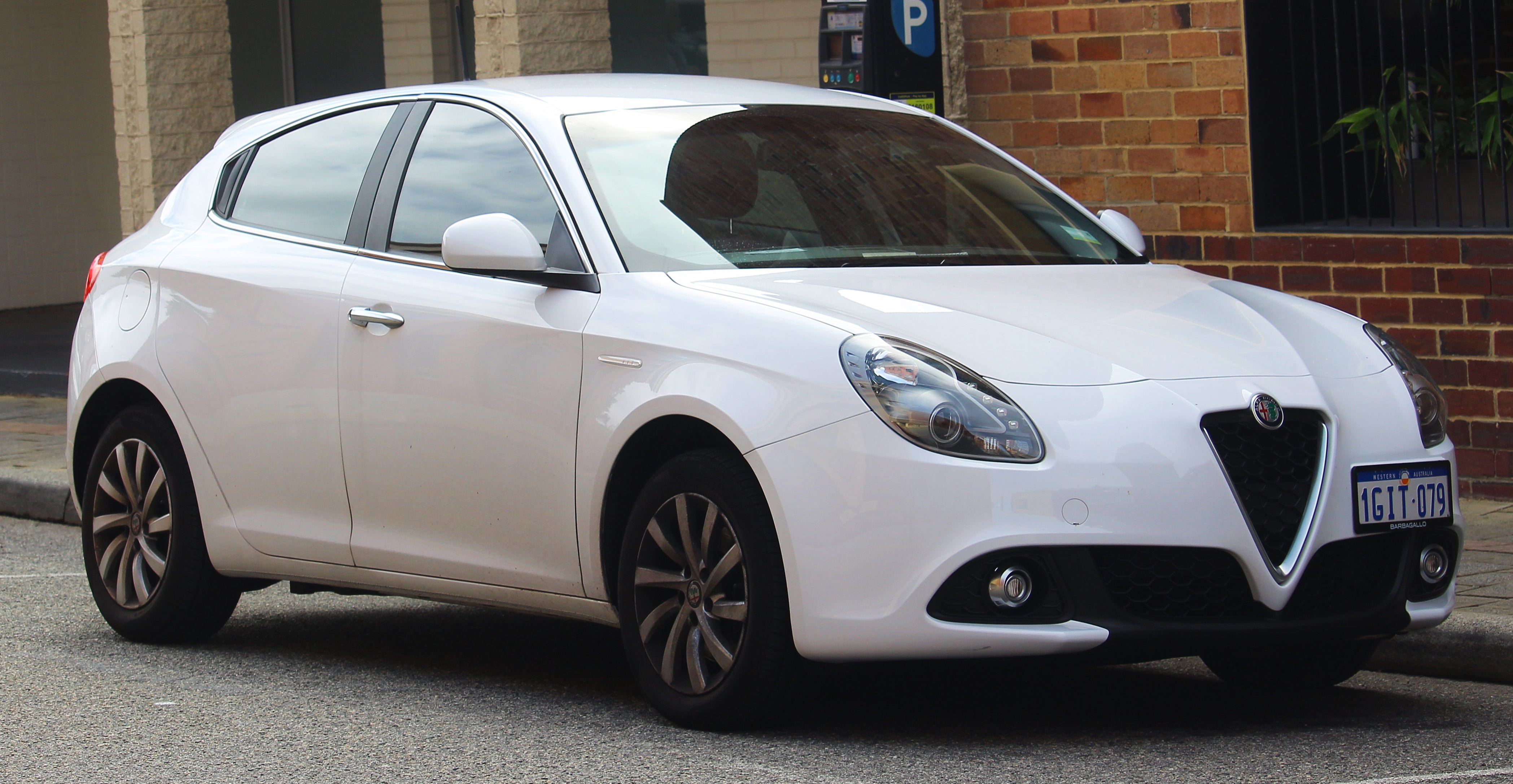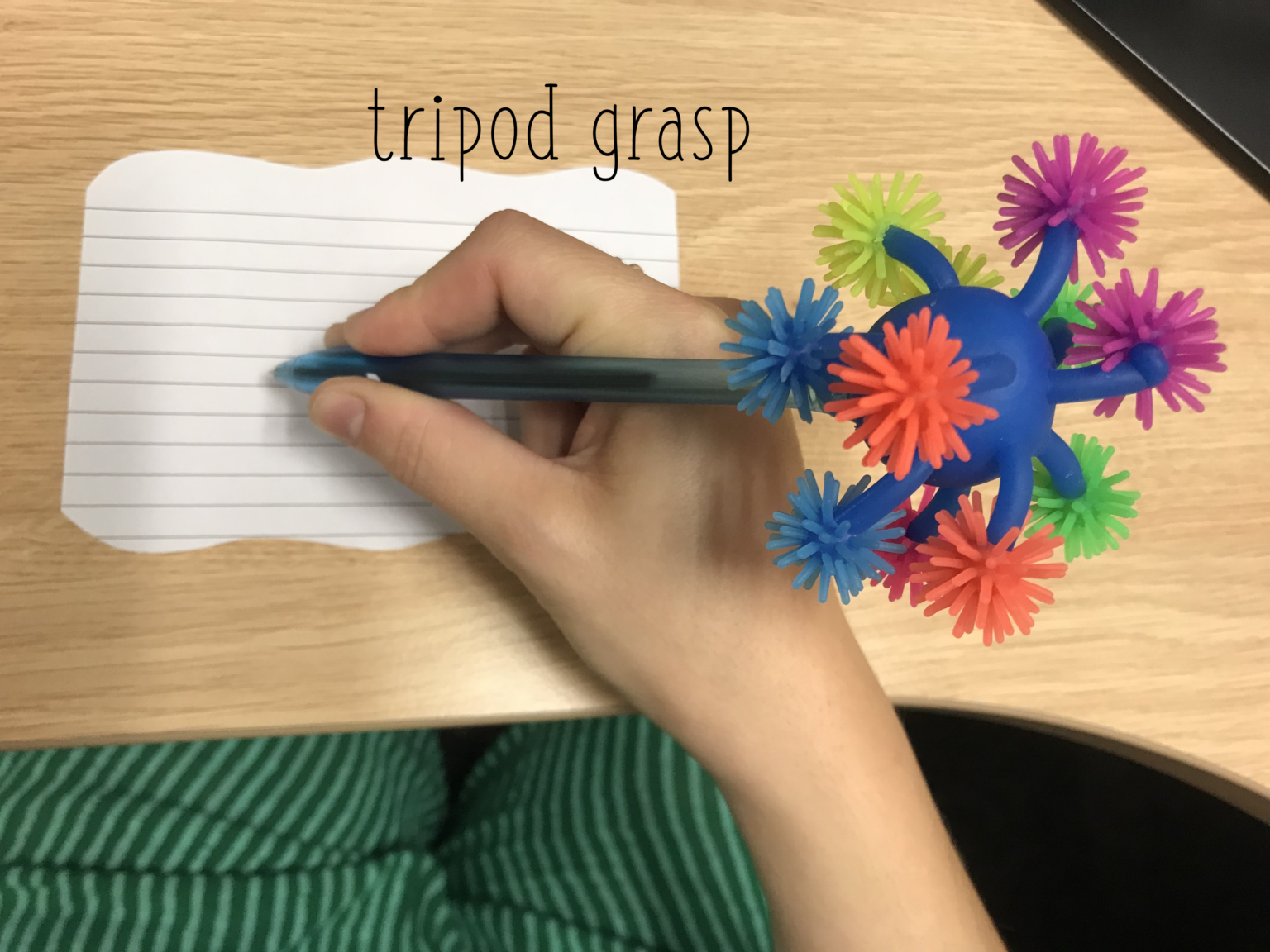
In the realm of effective communication, precision is paramount. Much like choosing the right tool for a specific task, selecting the correct word can significantly impact clarity and understanding. Among the myriad nuances of the English language, the subtle yet distinct differences between “worse” and “worst” often lead to confusion, causing many to stumble in both spoken and written expression.
This comprehensive guide, presented in the spirit of objective analysis and practical advice that consumers have come to expect, aims to demystify these two frequently interchanged terms. While both “worse” and “worst” originate from the fundamental concept of “bad,” their roles in conveying degrees of unfavorability are fundamentally distinct. Grasping this distinction is not merely an academic exercise; it is crucial for accurate comparisons and authoritative statements in everyday discourse and professional writing.
Our detailed examination will break down the grammatical underpinnings of “worse” and “worst,” explain their respective applications, and clarify their usage within common idiomatic expressions. By the end of this analysis, readers will be equipped with the knowledge to confidently employ these words, thereby enhancing the precision and trustworthiness of their communication. We will navigate the complexities, ensuring that you, the discerning communicator, can make informed linguistic choices.

1. The Fundamental Distinction: Comparative vs. Superlative
Achieving clarity in communication often hinges on the precise application of grammatical forms, particularly when expressing degrees of quality or condition. Central to understanding “worse” and “worst” is their classification as comparative and superlative adjectives. A comparative adjective serves the specific purpose of drawing a distinction between two entities, indicating that one possesses an attribute to a greater or lesser extent than the other. This grammatical tool allows for a direct, one-to-one assessment. For example, the statement, “My brother is bad at basketball, but honestly I’m worse,” uses “worse” to establish an immediate comparison of skill levels, placing the speaker’s ability at a lower point than their brother’s in the realm of basketball. This comparison is always between precisely two subjects.
In contrast, a superlative adjective extends this concept of comparison to a group of more than two items, or it declares that something embodies the absolute peak or trough of a characteristic without any equal. When we say, “Out of the five exams I have today, this one is going to be the worst,” “worst” identifies a single exam as holding the lowest position in terms of difficulty or undesirability among a set of five. Similarly, an assertion like “That was the worst idea I have ever heard” positions the idea as the ultimate nadir of conceptual quality, surpassing all other ideas the speaker has encountered in its degree of undesirability. The superlative form thus communicates an unparalleled extreme.
The relationship between “worse” and “worst” can be readily understood by drawing a parallel to the adjective “good” and its corresponding forms: “better” and “best.” Just as “better” is used to compare two things favorably (e.g., “This option is better than that one”), and “best” singles out the preeminent choice from a group (e.g., “This is the best option available”), “worse” and “worst” operate on the negative spectrum with identical logical structures. “Worse” signifies “more bad” in a dyadic comparison, while “worst” denotes “most bad” within a collective. This parallel provides an intuitive framework for grasping their distinct applications.
The explicit purpose of these grammatical constructs is to provide a linguistic scale, allowing speakers and writers to quantify and differentiate attributes with precision. Without the capacity for comparative and superlative expression, language would be significantly limited, resorting to vague descriptors instead of clear, ranked evaluations. Therefore, recognizing “worse” as the tool for comparing two negative conditions and “worst” as the descriptor for the single most negative condition within a larger set is not merely a rule to memorize; it is a fundamental principle for accurate and impactful communication.
Understanding these distinctions ensures that when you assess quality, condition, or performance, your statements are not just understood, but are understood with the exact degree of comparison intended. This clarity is a hallmark of authoritative and trustworthy information, aligning perfectly with the principles of clear and accessible reporting. By internalizing this fundamental difference, communicators can avoid common missteps and enhance the credibility of their message.
Read more about: The Grammatical Grind: Why ‘Worse’ and ‘Worst’ Are Driving You Nuts (and How to Finally Master Them)
2. “Worse”: Understanding the Comparative Form of “Bad”
The word “worse” functions as the direct comparative form of the adjective “bad,” fundamentally conveying the meaning of “more bad” or “lower quality.” Its precise utility lies in its application to compare a situation, object, or state with one other specific thing, thereby highlighting a negative change or a diminished quality between the two. When a communicator employs “worse,” the implicit intention is to articulate that something has either deteriorated from its previous condition, declined in its attribute, or become decidedly inferior when measured against a single point of reference. It is a linguistic marker of negative progression or relative disadvantage.
Consider its usage in illustrative examples provided by the context. If one were to observe, “Your breath is bad, but mine is worse,” a direct, one-on-one comparison is being made. The speaker is not just acknowledging bad breath in general but is specifically positing their own as being of a greater negative degree than the other person’s. Similarly, the statement, “The situation was bad and it just got worse,” succinctly articulates a progressive decline. Here, an already unfavorable condition did not stabilize or improve; rather, it moved into an even more undesirable state, indicating a clear deterioration from the prior “bad” status. This demonstrates its role in marking a dynamic shift toward greater negativity.
The context explicitly underlines that “worse is used when you want to express that something has become less favorable than previously.” This encapsulates its core function. It is “used to indicate a sense of deterioration, decline, or inferiority in relation to another thing or situation.” Imagine, for instance, an item of clothing that has been subjected to “a thousand times” of washing, leaving it “worn down.” Its current quality is unequivocally “worse than when you first bought it,” providing a tangible example of a decline in condition when compared to its original state. This vivid illustration reinforces the pairwise comparative nature of “worse.”
Furthermore, “worse” can also derive from “badly” (adverb) or “ill” (adjective/adverb), as indicated by dictionary entries, extending its application to comparing actions or health conditions. For example, one might say, “She performed worse than expected,” where “worse” is the comparative of “badly.” In the context of health, “He felt worse after taking the medication” compares his current ill-health to his previous ill-health. This broadens the scope of “worse” beyond just ‘bad’ qualities to ‘badly’ performed actions or ‘ill’ states of being, always maintaining its comparative function.
Thus, the power of “worse” lies in its ability to articulate a nuanced negative comparison. It moves beyond a simple designation of “bad” to quantify the extent of undesirability, lower quality, or less favorable attributes when measured against a single, distinct comparator. This direct, relative assessment is the defining characteristic of “worse,” rendering it an indispensable instrument for precise, consumer-oriented negative evaluations in both casual conversation and formal analysis.
Read more about: The Grammatical Grind: Why ‘Worse’ and ‘Worst’ Are Driving You Nuts (and How to Finally Master Them)
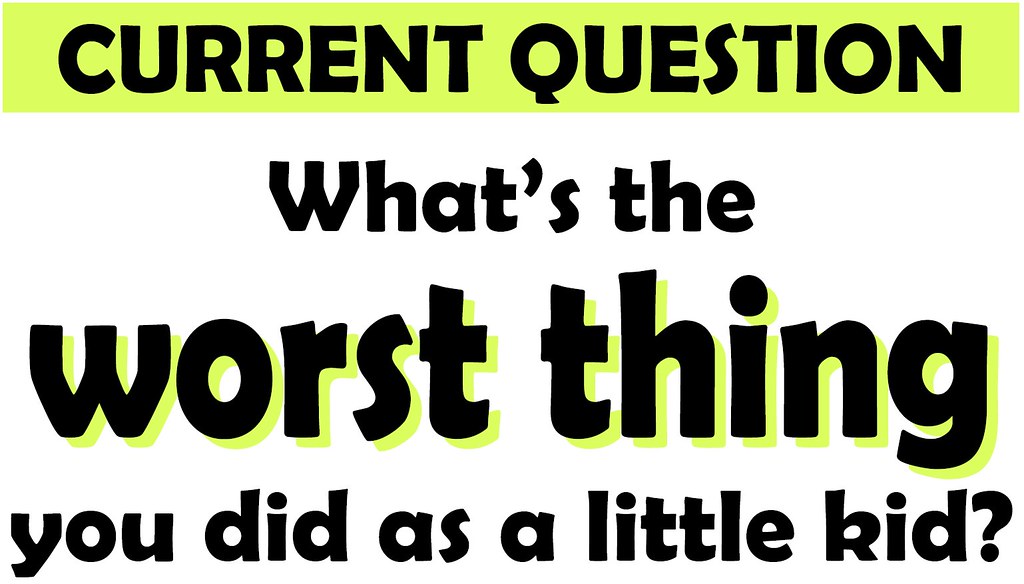
3. “Worst”: Unpacking the Superlative Form of “Bad”
In stark contrast to its comparative counterpart, “worst” operates as the superlative form of “bad,” denoting the absolute pinnacle of negativity within a given context. It unequivocally signifies “most bad,” representing the most negative or inferior condition imaginable. The application of “worst” is reserved for comparisons involving *more than two* items, or for statements that assert something is the ultimate extreme, entirely without peer in its degree of undesirability, whether within a defined group or across all possibilities. It is the definitive declaration of absolute minimum quality or maximum negative impact.
The context provides crystal-clear examples to illustrate this ultimate degree. Observe the progression in the sentence: “Yours is bad, mine is worse, but his is the worst.” Here, “worst” decisively identifies “his” as possessing the highest degree of badness among three distinct entities, establishing a clear hierarchy of negativity. Another powerful assertion is, “That was the worst meal I’ve ever eaten,” which places a specific meal at the absolute nadir of all dining experiences the speaker has ever encountered. In this instance, “worst” leaves no ambiguity; no other meal could be considered more negative in that category.
The core function of “worst” is “to compare a group of things (three or more) and translates to the lowest quality, the least desirable condition, or the most negative among them.” As the superlative adjective, it “represents the highest degree of badness.” Its deployment signals that an item, situation, or characteristic has reached the absolute bottom of any conceivable scale in terms of negativity or inferiority. This definitive pronouncement of extreme badness is the fundamental characteristic that distinguishes “worst” from its comparative kin.
Moreover, “worst” extends its reach beyond just the adjective “bad.” As confirmed by dictionary entries, “worst” can also be the superlative of “badly” (adverb) and “ill” (adjective/adverb), broadening its scope to describe actions performed in the “most bad” manner or states of health that are “most ill.” For example, “He performed the worst of all the contestants” uses “worst” as the superlative of “badly,” indicating the least skilled performance. Similarly, “Of all the illnesses, this was the worst” uses “worst” as the superlative of “ill,” referring to the most severe sickness.
Real-life illustrations provided further underscore this extreme quality. Consider that “Everybody has a movie that they think is the worst (poorest quality or most unpleasant to watch) movie ever made.” Or, “The worst student in a class could be the one who scores the lowest on tests or the one who misbehaves the most.” In each scenario, “worst” precisely pinpoints the single entity that embodies the most extreme negative attribute, making it an indispensable linguistic tool for conveying ultimate judgment, absolute ranking, or unparalleled extremity in a negative light, consistent with authoritative consumer assessments.
Read more about: Beyond Bad: 12 Critical Distinctions Between ‘Worse’ and ‘Worst’ That Every Pop Culture Fan Needs to Master

4. The Irregularity of “Worse” and “Worst” in Adjective Formation
While a significant portion of English adjectives adhere to predictable patterns when forming their comparative and superlative counterparts, “worse” and “worst” represent a distinctive category of exceptions. Typically, the formation of comparative adjectives involves either the direct addition of the suffix “-er” to the base word, as exemplified by “faster,” “smarter,” or “bigger,” or by preceding the adjective with the modifiers “more” or “less,” such as in “more impressive” or “less powerful.” Similarly, superlative forms are most commonly constructed by affixing “-est” to the end of the word (e.g., “fastest,” “smartest,” “biggest”) or by utilizing “most” or “least” before the adjective (e.g., “most impressive,” “least powerful”).
However, “worse” and “worst” fundamentally diverge from these standard morphological rules. They do not originate from a simple “-er” or “-est” addition to the base adjective “bad.” Instead, they are historically rooted, irregular forms that have evolved distinctly over time. This irregularity is not unique to “bad”; it is a characteristic shared with a select, frequently used set of adjectives, most notably “good,” which transforms into “better” for its comparative and “best” for its superlative. These anomalies are linguistic remnants, often requiring direct memorization rather than rule-based derivation, making them a common point of confusion for those learning or refining their English usage.
Despite this structural deviation, the context provides a valuable mnemonic aid to help distinguish these irregular forms. It highlights that “you can see a remnant of the superlative ending -est at the end of worst and best, which can help you remember that they are superlatives.” This visual cue serves as a subtle, yet effective, reminder of their grammatical function, helping to clearly differentiate them from their comparative counterparts. This observation underscores how linguistic patterns, even when irregular, often retain subtle hints to their underlying structure, assisting in recall and correct application.
Furthermore, the dictionary definitions provided reinforce this irregular nature, explicitly stating “superlative of bad and ill” for “worst,” and “comparative of bad and ill” for “worse.” This confirms their status as fixed, non-standard inflections rather than rule-generated forms. For the discerning communicator, understanding that “worse” and “worst” do not conform to the general patterns for adjective formation is crucial for their accurate deployment. It serves as a reminder that language, particularly its core components, often harbors historical exceptions that defy simple categorization, demanding a nuanced appreciation for individual word origins and evolution.
Therefore, while the majority of adjectives offer a straightforward path to their comparative and superlative states, “bad,” “worse,” and “worst” require a slightly different approach. Recognizing their unique trajectory not only aids in correct usage but also deepens one’s understanding of the rich and sometimes unpredictable nature of English grammar. This knowledge is fundamental for maintaining the precision and authority expected in factual and consumer-oriented communication.
Read more about: Mastering ‘Worse’ vs. ‘Worst’: A Consumer Reports Guide to Precision in English Usage

5. “From Bad to Worse”: A Common Idiomatic Expression
Beyond their direct grammatical functions as comparative and superlative adjectives, “worse” also plays a pivotal role in several established idiomatic expressions. One of the most ubiquitous and readily understood phrases is “from bad to worse.” This idiom serves as a concise yet powerful descriptor for a scenario where an already undesirable condition or situation has not only failed to show any signs of improvement but has, in fact, undergone a further and significant deterioration in its overall quality or state. It paints a picture of a continuous decline, a downward trajectory where negative circumstances become progressively more intense and problematic over time.
The precise meaning conveyed by “from bad to worse” is unequivocal: it signals that an initial state, already characterized as negative, has only continued its descent into deeper levels of undesirability. The context offers a highly relatable example to illustrate this phenomenon: “My handwriting has gone from bad to worse since I graduated high school.” This statement clearly implies that the individual’s penmanship, which was already judged to be “bad,” has, over the intervening years, become even less legible, aesthetically appealing, or functional. It underscores a consistent and progressive decline, rather than merely an isolated, temporary dip in quality.
This idiomatic expression is particularly valuable for its efficiency in summarizing a deteriorating trajectory without necessitating a laborious enumeration of every single step of the decline. Its use inherently suggests a continuous negative progression, emphasizing that the current, more severe or unsatisfactory state is a direct consequence of an ongoing worsening from its initial “bad” starting point. The phrase is a robust fixture in everyday English because it adeptly communicates a common human experience of worsening conditions across various domains, from personal health to economic forecasts.
Crucially, the fixed nature of this expression dictates that “worse” is the unalterable component within the phrase. Any attempt to substitute it with “worst” would fundamentally alter or, more likely, completely nullify the intended meaning. One does not say “from bad to worst” because the idiom describes an ongoing, dynamic comparison of a current state against its immediately preceding, already negative state, rather than identifying an ultimate, absolute low point among a multitude of historical possibilities. This linguistic specificity reinforces “from bad to worse” as a distinct and potent tool for describing gradual, negative progression.
Therefore, when articulating a scenario of continuous deterioration, where one negative stage gives way to an even greater negative stage, “from bad to worse” remains the precise and authoritative choice. Its established meaning ensures that the message of escalating negativity is clearly and universally understood, contributing to the overall clarity and impact of communication, a core tenet of objective and consumer-oriented reporting.
Read more about: The Grammatical Grind: Why ‘Worse’ and ‘Worst’ Are Driving You Nuts (and How to Finally Master Them)
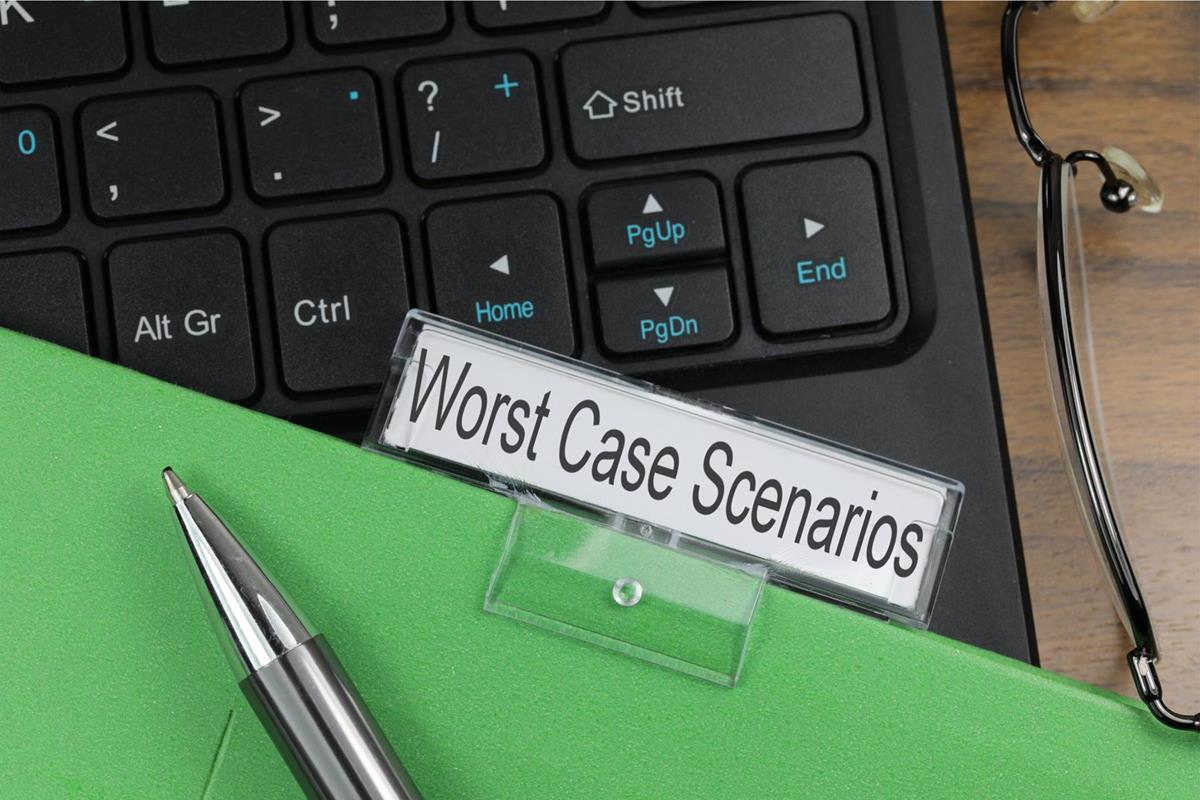
6. “Worst Case” vs. “Worse Case”: Navigating Critical Scenarios
In environments demanding careful planning, risk assessment, or contingency development, precise terminology is paramount. When contemplating potential outcomes, particularly those of significant negative impact, two idiomatic expressions utilizing “worst” are routinely encountered: “in the worst case” and “worst-case scenario.” Both of these phrases are specifically designed to refer to “a situation that is as bad as possible compared to any other possible situation.” The absolute and unparalleled nature of this extreme negativity is the explicit reason why the superlative form, “worst,” is not merely preferred but is the grammatically correct and indeed the only viable choice for these well-established idioms.
The context provides unambiguous examples that clearly illustrate this critical usage. For instance, the statement, “In the worst case, the beams will collapse instantly,” describes the most extreme, dire, and catastrophic outcome imaginable for a given structural integrity situation. It leaves no room for a more severe possibility. Similarly, “This isn’t what we expect to happen—it’s just the worst-case scenario” highlights a hypothetical situation that represents the absolute nadir of all potential outcomes, serving as an essential benchmark for strategic planning and preparedness, despite its inherent undesirability. These expressions are fundamental tools for anticipating, analyzing, and ultimately mitigating the most severe potential consequences.
It is critically important to differentiate these idiomatic uses from a non-idiomatic pairing of “worse” and “case.” While the words “worse” and “case” *can* indeed appear adjacently in a sentence, they do not, in that configuration, form a set idiomatic expression akin to “worst case.” The context clarifies this distinction: “While it’s possible for the words worse and case to be paired together in a sentence (as in Jacob had a worse case of bronchitis than Melanie did), it’s not a set expression like worst case is.” In such non-idiomatic applications, “worse” functions purely as a standard comparative adjective, indicating that one “case” (e.g., of bronchitis) is comparatively more severe or unfavorable than another, but it does not, by any means, denote the absolute worst possible situation among all possibilities.
The key to avoiding confusion lies in recognizing the idiomatic nature of “worst case.” When referring to the single most dire or extreme potential outcome—the absolute worst among all conceivable possibilities—the phrases “in the worst case” and “worst-case scenario” are the unequivocally appropriate linguistic constructions. Their inherent reliance on the superlative “worst” serves to underscore the definitive and unparalleled negativity of the situation being described. Understanding this crucial distinction is therefore vital for accurate, precise, and authoritative communication, particularly in contexts that demand rigorous risk evaluation, contingency planning, and clear, consumer-oriented reporting of potential outcomes.
These terms, embodying the highest degree of badness, ensure that when you are discussing extreme possibilities, your language is both accurate and impactful. Misusing “worse” for “worst” in these contexts could significantly dilute the gravity of the message, leading to misinterpretations in critical planning or advisory roles. Thus, the correct application of “worst case” is a testament to meticulous communication.
Read more about: The Grammatical Grind: Why ‘Worse’ and ‘Worst’ Are Driving You Nuts (and How to Finally Master Them)
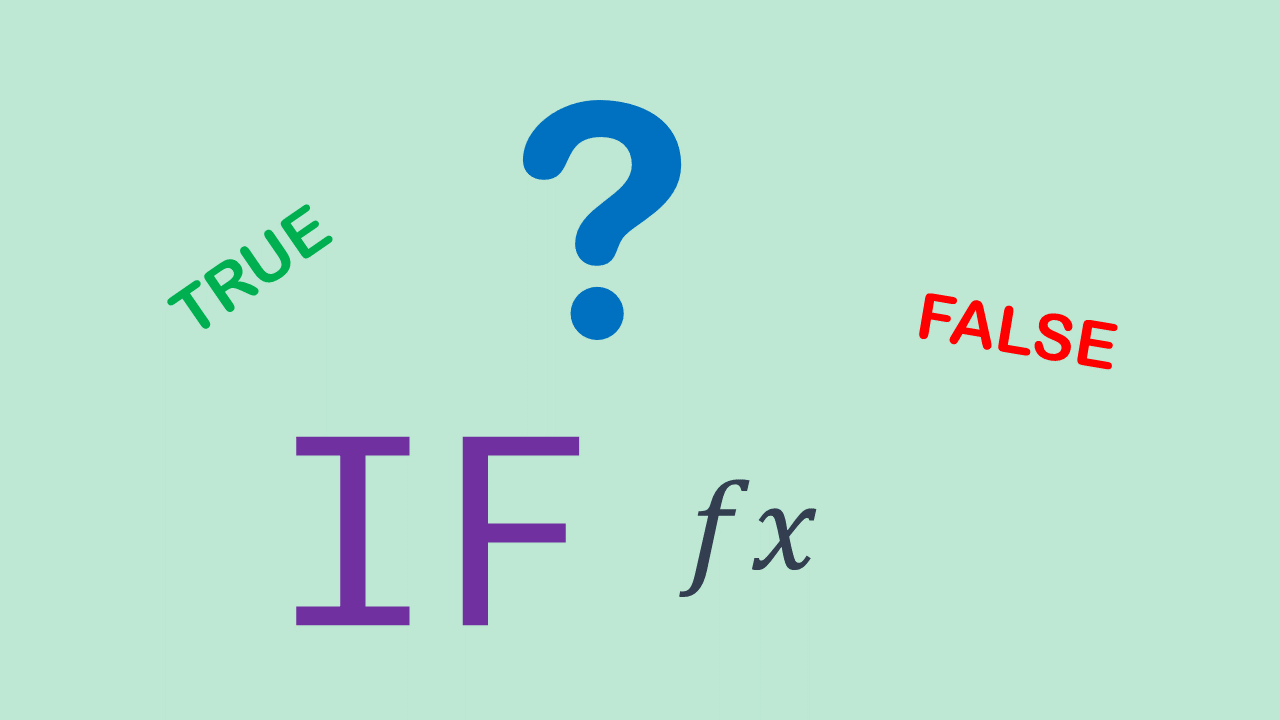
7. “If Worse Comes to Worst” vs. “If Worst Comes to Worst”: Resolving a Common Dilemma
When navigating the complexities of planning and preparing for potential adversities, the English language offers two strikingly similar idiomatic expressions: “if worse comes to worst” and “if worst comes to worst.” Both phrases are widely understood to signify the occurrence of the most unfavorable possible outcome. For discerning communicators, particularly in contexts requiring clear contingency planning, understanding these nuances is crucial for precision.
The fundamental meaning conveyed by both versions is identical: they both refer to “if the worst possible outcome happens.” This shared semantic core ensures that, regardless of which construction is chosen, the message of an impending dire scenario is effectively communicated. It is a linguistic mechanism for acknowledging an extreme hypothetical situation, serving as a preface to the consideration of mitigation strategies or fallback plans.
Despite their identical meaning, there is a discernible difference in their prevalence. The context indicates that “if worst comes to worst” enjoys significantly broader usage, even while acknowledging that it “arguably makes less sense” from a strictly grammatical standpoint. This widespread adoption of the superlative “worst” in this idiom suggests a preference for emphasizing the absolute, ultimate nature of the undesirable outcome, aligning with common intuition about extremes.
A defining characteristic of these expressions is their typical accompaniment by a proposed solution or a strategic response to the foreseen difficulty. For example, one might state, “If worse comes to worst and every door is locked, we’ll get in by opening a window,” immediately following the dire prediction with a pragmatic course of action. This demonstrates their practical utility in scenario planning, guiding thought towards solutions even in the face of maximum adversity.
Another illustrative example highlights this problem-solving orientation: “I’m going to try to make it to the store before the storm starts, but if worst comes to worst, I’ll at least have my umbrella with me.” Here, the speaker anticipates a potential challenge and prepares for it, emphasizing the expression’s role in proactive contingency measures. This underscores how these idioms are not merely descriptive but are integral to practical decision-making and consumer preparedness.
While both “if worse comes to worst” and “if worst comes to worst” are valid, “if worst comes to worst” is the more commonly encountered form. Their primary function remains to introduce the gravest possible scenario, invariably followed by a practical step or solution, thereby providing clarity and authority in planning for critical eventualities.
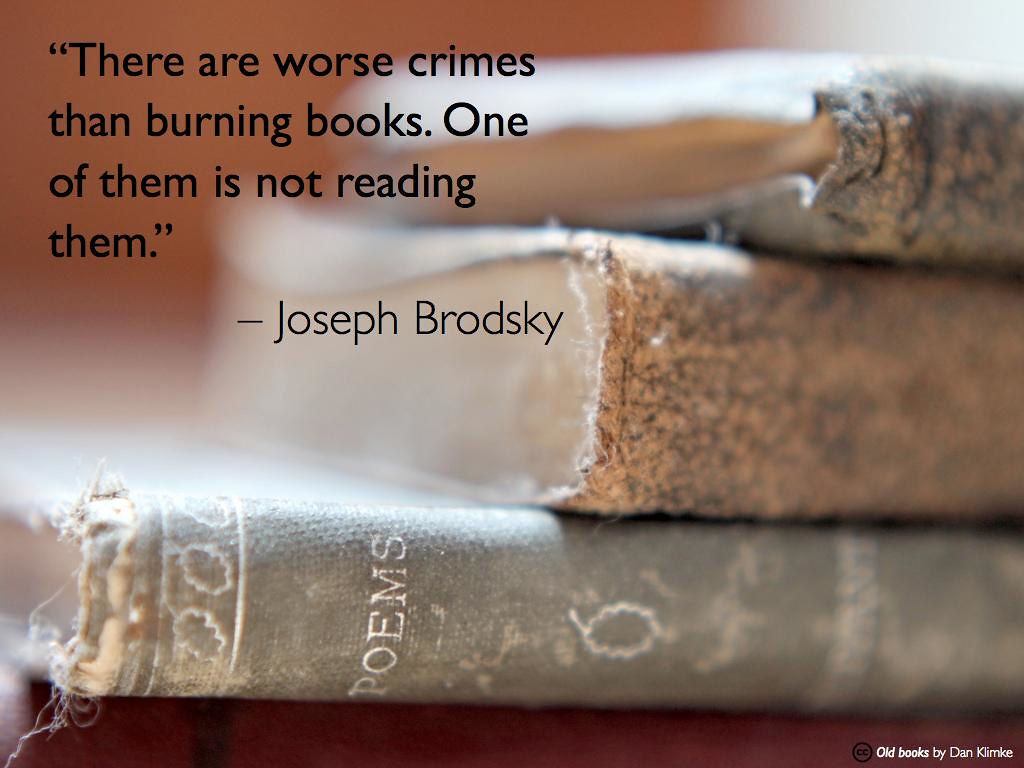
8. Concrete Applications: Using “Worse” in Practical Sentences
The practical application of “worse” offers compelling demonstrations of its role in conveying comparative negativity and deterioration, forming a vital component of precise communication for consumers. As the comparative form of “bad,” “worse” inherently establishes a distinction between two entities or states, indicating that one possesses a diminished quality or a greater degree of undesirability than the other. This function is indispensable for objective evaluation.
In direct comparisons, “worse” effectively quantifies differences. For instance, the statement, “I think the pink paint looks worse on the wall than the red paint did,” provides a clear, subjective judgment of aesthetic inferiority between two specific color applications. Similarly, in a competitive context, asserting that “Debra Deer had a worse finishing time than Charlie Cheetah” precisely indicates a slower performance by Debra when measured against Charlie’s time, establishing a clear hierarchy of speed between the two.
Beyond static comparisons, “worse” vividly portrays a progressive decline in condition or quality. Consider the scenario, “Briony’s cold got worse after a few days, so she had to see a doctor.” This sentence communicates a clear and concerning deterioration in Briony’s health from an initial negative state to a more severe one, necessitating intervention. Such usage is critical for describing dynamic shifts in status, from health to product performance.
Similarly, the evolution of academic performance can be effectively tracked with “worse”: “His grades have been getting worse as the term progresses.” This indicates a consistent, ongoing decline from an initial benchmark, rather than a single instance of poor performance. The phrase “My grades went from bad to worse after I missed a few classes,” further emphasizes this trajectory of continuous negative progression, moving beyond a simple “bad” state.
The versatility of “worse” extends to describing qualitative changes, as seen when “The recipe tasted worse after I added vinegar,” highlighting a degradation in flavor caused by an ingredient. Additionally, the phrase “Though Avery skinned his knee, he was none the worse for wear” employs “worse” to convey that, despite an injury, no lasting or greater negative impact was sustained, reinforcing the comparative aspect even in a statement of resilience. These examples underscore how “worse” serves as a precise tool for articulating relative negative assessments.
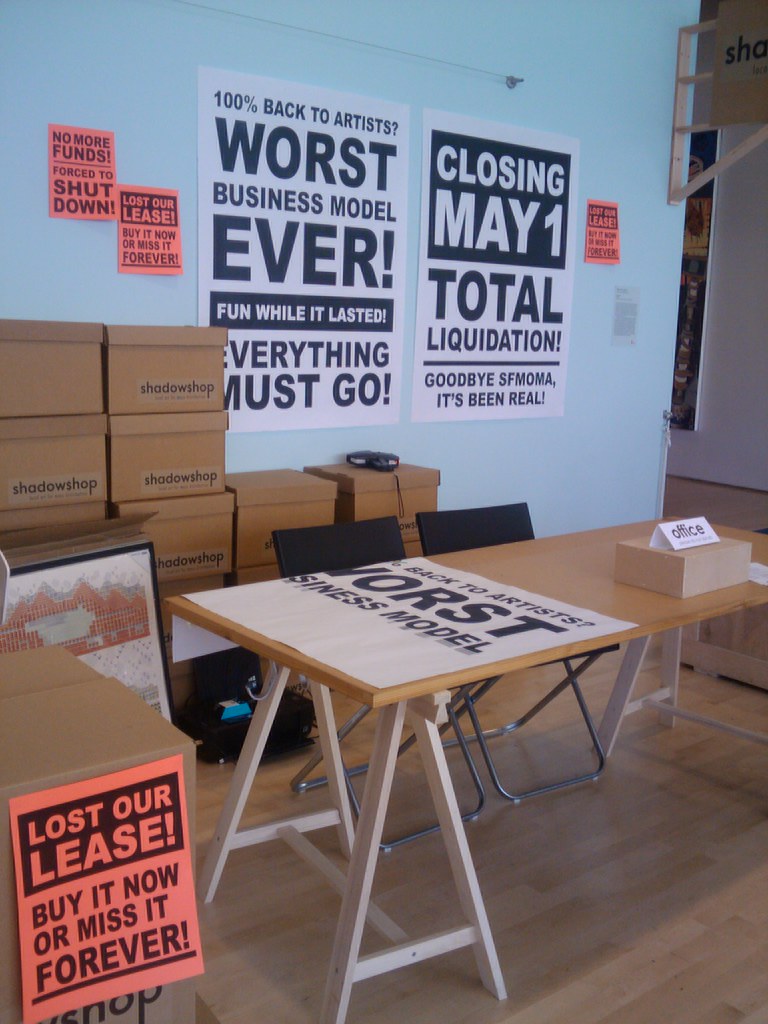
9. Concrete Applications: Using “Worst” in Practical Sentences
“Worst,” as the superlative form of “bad,” is an essential linguistic tool for expressing the absolute peak of negativity or inferiority within a defined group or context. Its definitive nature allows for unambiguous pronouncements of the lowest quality, the least desirable condition, or the most severe impact, which is paramount in providing clear, authoritative consumer assessments and rankings.
When comparing multiple entities, “worst” effectively isolates the single most unfavorable option. Consider the example, “Out of all of us, Tom had the worst case of poison ivy.” Here, Tom’s condition is unequivocally identified as the most severe among everyone else. Likewise, in assessing professional capabilities, “Of all the job candidates, Margaret had the worst interview skills but the best résumé” uses “worst” to pinpoint the single weakest attribute among the candidates’ various skills.
“Worst” also serves to articulate an absolute, unparalleled extreme, often reflecting a personal or collective nadir. The statement, “That was the worst inning of baseball I’ve ever seen,” elevates a particular event to the lowest point in the speaker’s entire experience of the sport, leaving no doubt about its definitive negative impact. This resonates with the common understanding that “Everybody has a movie that they think is the worst (poorest quality or most unpleasant to watch) movie ever made,” establishing a universal bottom tier for cinematic quality.
The term is also used to identify the entity that embodies the highest degree of a negative characteristic, based on various metrics. For example, “The worst student in a class could be the one who scores the lowest on tests or the one who misbehaves the most,” demonstrates how “worst” can apply to different criteria of poor performance. Similarly, “A runner who records the worst time in a race is the one who ran the slowest,” clearly links the superlative “worst” to the ultimate lack of speed.
Furthermore, “worst” can extend to subjective judgments of character or quality. The context suggests, “The worst person you know might be the one with the most unpleasant personality or who treats you the most poorly,” illustrating its application to personal attributes. Similarly, “A pie that is the least pleasant to eat out of a group of pies is the worst,” exemplifies its use in evaluating sensory experiences. These diverse examples solidify “worst” as a powerful descriptor for ultimate negative ranking.
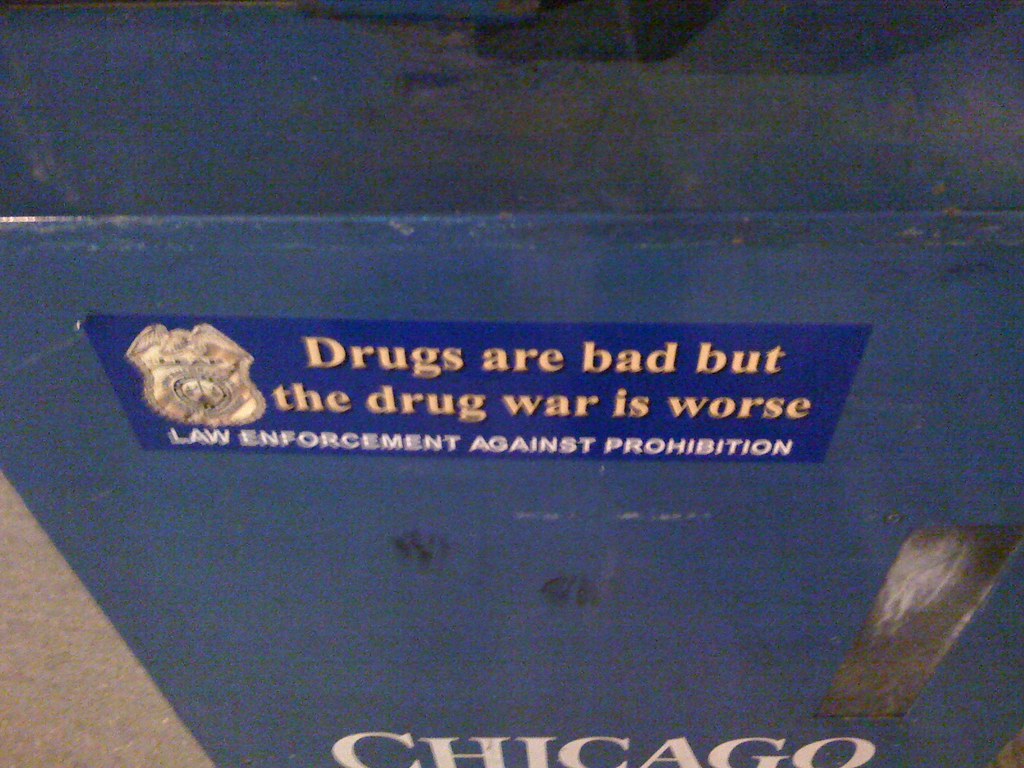
10. Broader Grammatical Family: “Worse” as Comparative of “Badly” and “Ill”
The versatility of “worse” extends significantly beyond its primary function as the comparative of the adjective “bad,” encompassing its roles as the comparative of the adverb “badly” and the adjective/adverb “ill.” This broader grammatical lineage allows “worse” to articulate not only a decline in quality but also a diminished execution of actions and a deterioration in health, providing a rich vocabulary for nuanced negative comparisons.
As the comparative form of the adverb “badly,” “worse” is employed to describe actions or processes that are performed with a greater degree of inadequacy, incorrectness, or unfavorability when compared to another instance. For example, if a report “turned out badly,” a subsequent, even more flawed report would have “turned out worse.” The dictionary defines “badly” as “in a bad way; incorrectly, inadequately, or unfavorably,” and “worse” directly builds on this to indicate “more badly” in performance. An individual might say, “She performed worse than expected,” specifically highlighting a greater deficit in her execution compared to an anticipated level.
Furthermore, “worse” serves as the comparative of “ill,” a word that can function both as an adjective and an adverb, predominantly concerning health. When used in this context, “worse” signifies a state of being “more sick” or “more unwell.” For instance, dictionary entries confirm “ill” as meaning “sick; unwell; of poor health.” Consequently, the statement, “He felt worse after taking the medication,” articulates a clear regression in his health condition, indicating he became “more ill” than he was before.
This dual derivation significantly broadens the scope and practical utility of “worse.” It empowers communicators to articulate comparative declines in an array of contexts, from assessing the quality of an effort to describing a worsening physical state. This ability to make precise negative comparisons across different grammatical categories is a hallmark of sophisticated and accurate language use, enabling clearer insights for consumers.
Therefore, “worse” is far more than a simple comparative for “bad.” Its capacity to function as the comparative of “badly” and “ill” establishes it as a comprehensive tool for expressing negative progression or relative inferiority in actions and health, solidifying its importance in detailed and objective reporting.
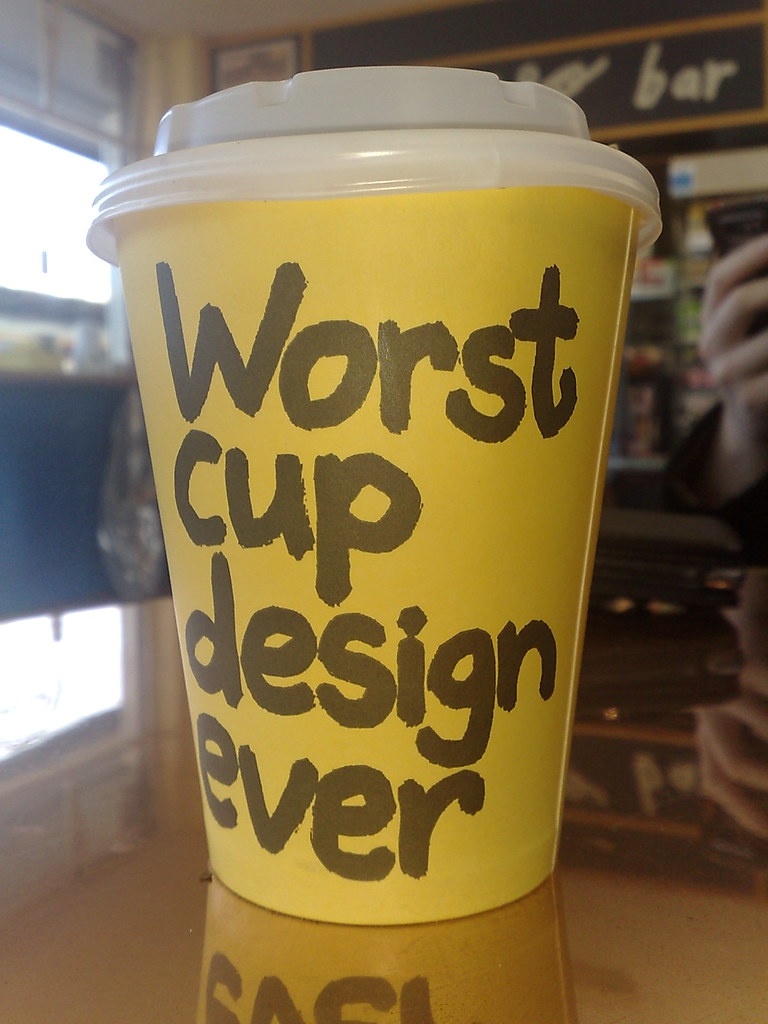
11. Broader Grammatical Family: “Worst” as Superlative of “Badly” and “Ill”
Similar to its comparative counterpart, “worst” extends its definitive superlative power beyond the adjective “bad,” also serving as the ultimate form for the adverb “badly” and the adjective/adverb “ill.” This expansive grammatical family allows “worst” to unequivocally declare the absolute nadir in the manner of actions performed or the severity of health conditions, positioning it as a powerful tool for extreme negative evaluation.
When deployed as the superlative of the adverb “badly,” “worst” describes an action executed with the utmost degree of deficiency, incorrectness, or unfavorable outcome among all possibilities. The dictionary defines “badly” as “in a bad way; incorrectly, inadequately, or unfavorably.” Thus, to say “He performed the worst of all the contestants” explicitly indicates that his performance was carried out “most badly,” establishing it as the absolute least skilled or most unsatisfactory execution among the entire group. This precision is vital for performance assessments and rankings.
Moreover, “worst” is firmly established as the superlative of “ill,” which, as an adjective and adverb, refers to poor health or unwholesome conditions. Dictionary definitions characterize “ill” as “sick; unwell; of poor health” or “evil; wicked.” In the context of health, therefore, “worst” denotes the “most ill” or most severe state of sickness. For example, the declaration, “Of all the illnesses, this was the worst,” conveys that a particular ailment represents the absolute pinnacle of distress or severity among all encountered health conditions.
These expanded applications of “worst” are invaluable for detailed and authoritative communication. They provide the means to not only qualify nouns with ultimate negativity but also to assign the absolute lowest rank to actions or the most severe state to health conditions. This capacity allows for meticulous and impactful reporting, crucial for clear advice and evaluation in consumer-focused information.
In essence, “worst” functions as a comprehensive superlative, capable of articulating the highest degree of “badness,” “badly-ness” (in manner), or “illness.” This multifaceted utility ensures that when an absolute extreme of negativity needs to be conveyed, “worst” is the precise and authoritative choice, providing an unambiguous endpoint on any scale of undesirability.
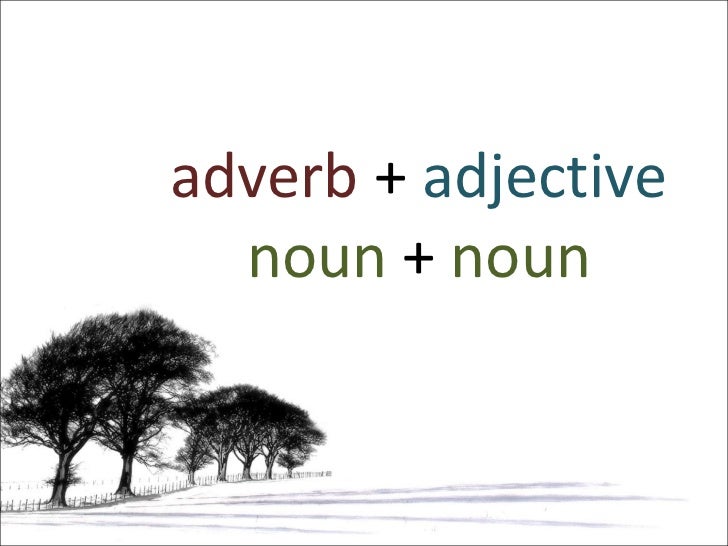
12. Advanced Usage: “Worst” as a Noun and Adverb
Beyond its fundamental role as a superlative adjective, “worst” exhibits remarkable linguistic flexibility by also functioning effectively as a noun and an adverb. This advanced usage enhances its utility, allowing for a concise and powerful articulation of ultimate negative conditions or the most deficient manner of action, often without needing explicit adjective-noun structures. Comprehending these versatile applications is key to a thorough command of the English language.
As a noun, “worst” refers to “that which is worst” or “something that is worst,” serving as a substantive for the ultimate negative entity or outcome. A classic example is the advisory, “Prepare for the worst,” which succinctly communicates the need to be ready for the most severe possible eventuality without having to detail its specifics. Furthermore, idiomatic phrases like “get the worst of something” metaphorically express suffering the greatest disadvantage or being defeated in a confrontation, demonstrating the noun’s power to encapsulate comprehensive negative results.
In its adverbial capacity, “worst” functions as the superlative of “badly,” signifying an action performed “in the worst manner” or “in the greatest degree” of deficiency or undesirability. This allows for direct and impactful statements regarding the quality of execution. For instance, to state that someone “performed worst” among a group implicitly means their actions were executed with the utmost inadequacy or least skill, providing a definitive, negative evaluation of their conduct or effort.
The versatility of “worst” also extends to distinctive idiomatic constructions that may not align with its literal sense of badness. The phrase “in the worst way,” for example, means “very much” or “extremely,” as in, “He needs praise in the worst way.” This idiom demonstrates how context can imbue “worst” with a nuanced meaning, expressing intensity rather than negativity. Another common idiom, “at worst” or “at the worst,” means “under the worst conditions,” providing a concise way to refer to the most unfavorable circumstances.
Collectively, these expanded applications of “worst” — as a noun representing the ultimate negative, as an adverb describing the most deficient execution, and within its unique idiomatic contexts — highlight its comprehensive utility within the English language. This multifaceted nature makes “worst” an exceptionally precise and authoritative term, invaluable for conveying extreme assessments or preparing for critical eventualities across various forms of communication.
Read more about: Navigating the Grammar Highway: Avoiding the Worst Mistakes with ‘Worse’ and ‘Worst’
As we conclude this comprehensive exploration of “worse” and “worst,” it becomes abundantly clear that linguistic precision is far more than a mere grammatical exercise; it is a cornerstone of effective and trustworthy communication. By systematically dissecting the comparative and superlative forms, delving into their broader grammatical families, and examining their nuanced applications as nouns and adverbs, we uncover the full expressive power of these often-confused terms. Mastery of their distinct roles enables communicators to articulate conditions, evaluations, and hypothetical scenarios with unparalleled clarity and authority. This deep understanding ultimately empowers consumers to interpret factual information with greater accuracy, reinforcing the critical value of informed linguistic choices in every interaction and reinforcing the credibility of the message.


